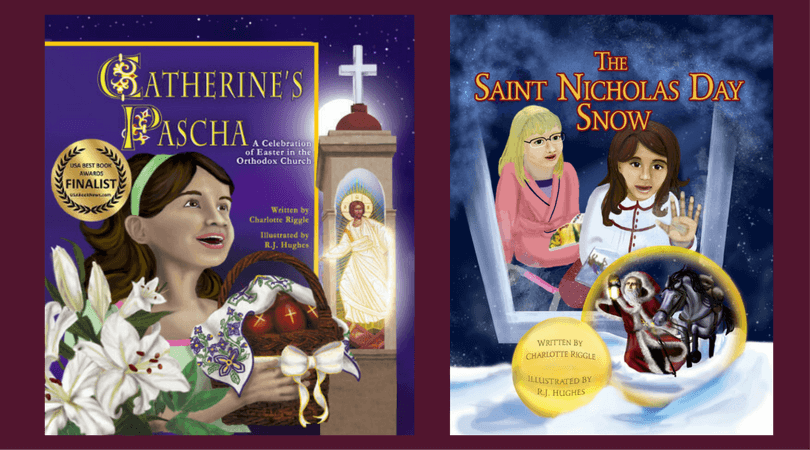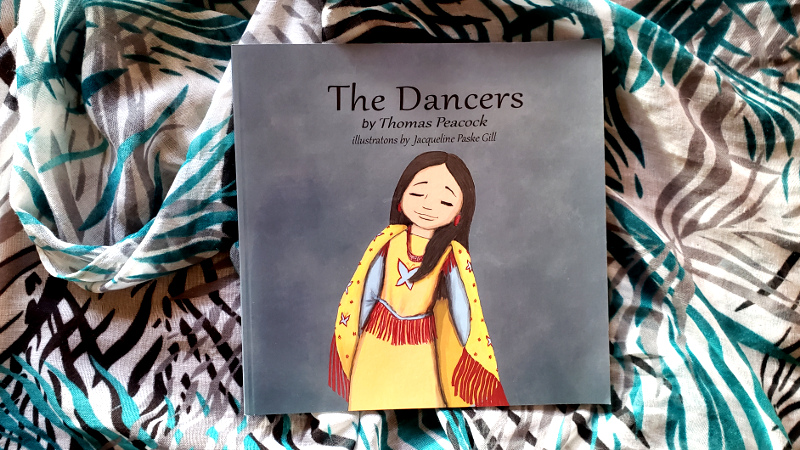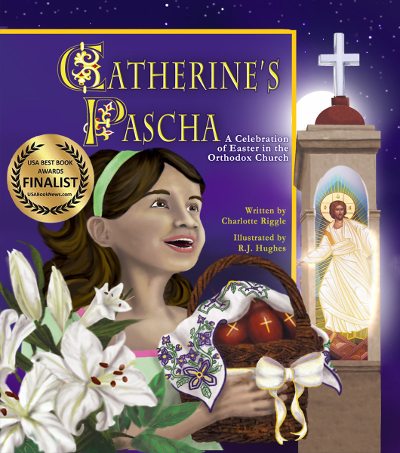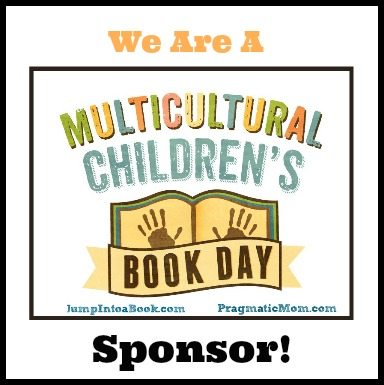I love the opening line of The Dancers: “Three summers ago, when I was still a little kid, my mother and auntie took me to a powwow where we danced and danced.”
Of course, the narrator is still a little kid. You know that. I know that. But she doesn’t know it. And her charming assertion sets the stage for a charming story of loss and strength and courage and love.
It’s also a story about disability. In this story, it’s not the child protagonist who is disabled. It’s her beloved auntie.
Auntie becomes a warrior
After that powwow three summers ago that begins the book, the little girl’s auntie (who is not yet disabled) joins the military. The little girl and her mother pray for her auntie every day.
One morning, many months later, the little girl’s mom tells her that her auntie was injured. She was flown back to America, where she was cared for in a hospital far away. Many more months passed before Auntie was able to come home.
And when they met her at the airport, that’s when the little girl realizes that her auntie lost her legs.
Dancing at the powwow
When it’s time for another powwow, Auntie doesn’t want to go, because she can’t dance. Her niece pleads with her to go, insisting that she can dance with her heart. And so she goes, and when the singers sing an honor song for the veterans, the little girl and her mother push her around the dance area.
And so it continued. Until, finally, Auntie got a call from the veteran’s hospital. Her prosthetics were ready. She was gone for a long time, and when she returned, she walked slowly. But she walked.
Over the winter, the little girl’s mother and auntie made jingle dresses for healing dances, and they made a shawl outfit for the little girl. And the next summer, when it was time for powwows again, Auntie could dance. She danced with her heart.
The author and the story
The author of The Dancers, Thomas Peacock, is a member of the Fond du Lac Band of Lake Superior Anishinaabe Ojibwe.
Peacock’s writing style is exceedlingly simple. In The Dancers, we get only the words and scenes we need for this story. Details are sparse. There are no extra scenes, no extra words. We don’t even have names for the little girl or her mother or her auntie. This spare style gives the story unexpected power.
If you want to add Native American content to your children’s bookshelves, choosing books written by Native American authors like Peacock is a great way to do that.
You can also use the website, Native Americans in Children’s Literature, to identify good and problematic books. The website editor, Debbie Reese, is tribally enrolled at Nambé Owingeh, a sovereign Native Nation. The blog provides reviews of children’s books, lesson plans, and other content related to Native American representation in literature.
And if you want to learn more about the relationship between Native American people and the American military, read A Warrior Tradition: Why Native Americans continue fighting for the same government that tried to wipe them out.
The illustrations in The Dancers
The illustrations by Jacqueline Paske Gill are as spare as Peacock’s prose. But that spareness doesn’t work as well in the pictures as it does in the words. The people in the illustrations feel stiff and flat.
While that’s unfortunate, I still think this is a book you need to add to your picture book shelves.
Read More
The best picture books with disabled characters: All children need picture books with disabled characters. This list will help you find books that provide authentic, respectful representation of disabled people, and stories your children will love.
Of Such is the Kingdom by Summer Kinard: In this book of practical theology, Summer Kinard doesn’t just explain what your parish needs to do to welcome people with disabilities into your church. She explains why these things are essential to the salvation of every Christian, including both those who are in families with disabilities, and those who are not.
Welcoming everyone to church: Disability and special needs: Have you noticed how few people with disabilities attend church? Have you looked at the barriers that keep them away? These resources will help you start taking down the barriers.
Buy the Books!

Elizabeth, one of the main characters in these books, is an ambulatory wheelchair user.
Catherine’s Pascha
FINALIST IN THE 2015 USA BEST BOOK AWARDS
Catherine doesn’t like vegetables. She doesn’t like naps. She doesn’t like it when her mom combs her hair. She loves hot dogs, chocolate cake, and her best friend, Elizabeth. Most of all, she loves Pascha! Pascha, the Orthodox Christian Easter, is celebrated in the middle of the night, with processions and candles and bells and singing. And Catherine insists that she’s not a bit sleepy.
Celebrate the joy of Pascha through the magic of a book: Catherine’s Pascha. Available on Amazon, Bookshop.org, and my webstore.
The Saint Nicholas Day Snow
Shoes or stockings? Horse or sleigh? Does St. Nicholas visit on December 6 or on Christmas Eve? Will a little girl’s prayer be answered? When Elizabeth has to stay at Catherine’s house, she’s worried about her grandmother, and worried that St. Nicholas won’t find her. The grownups, though, are worried about snow.
Celebrate the wonder of St. Nicholas Day through the magic of a book: The Saint Nicholas Day Snow. Available on Amazon, Bookshop.org, or my webstore.



